
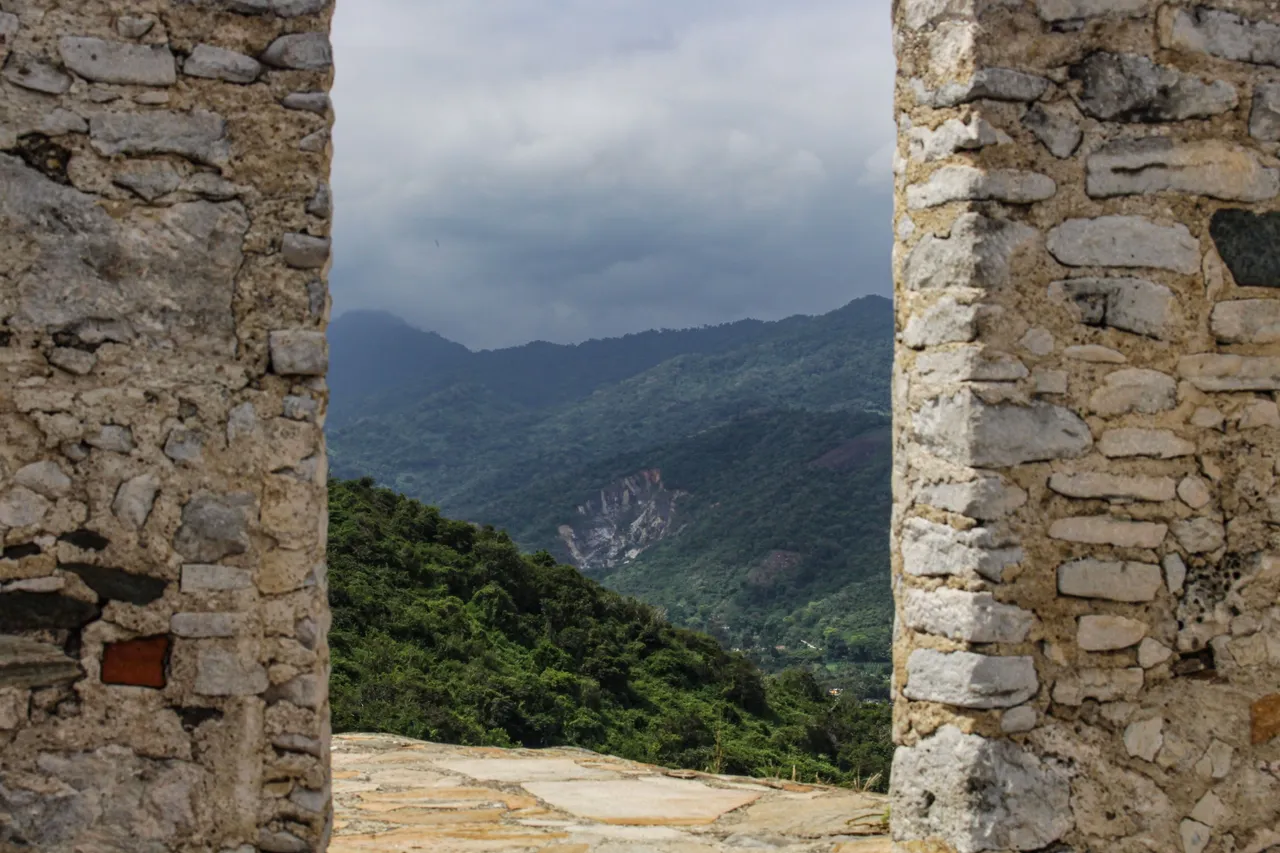
ENGLISH
There is a lot of history in the Solano Fort. It was erected in 1776 as a measure to prevent naval attacks from the enemy empires of Spain, and also to protect the port and all mercantile activity of the colony of that time, which is now Venezuela, in South America.
The view from this place is privileged, because it is at the top of the mountain of Puerto Cabello city, in the Venezuelan Caribbean Sea, and allowed one to appreciate the cardinal points and thus know who was coming, and, therefore, take action, although anyway, they could not avoid invasions.
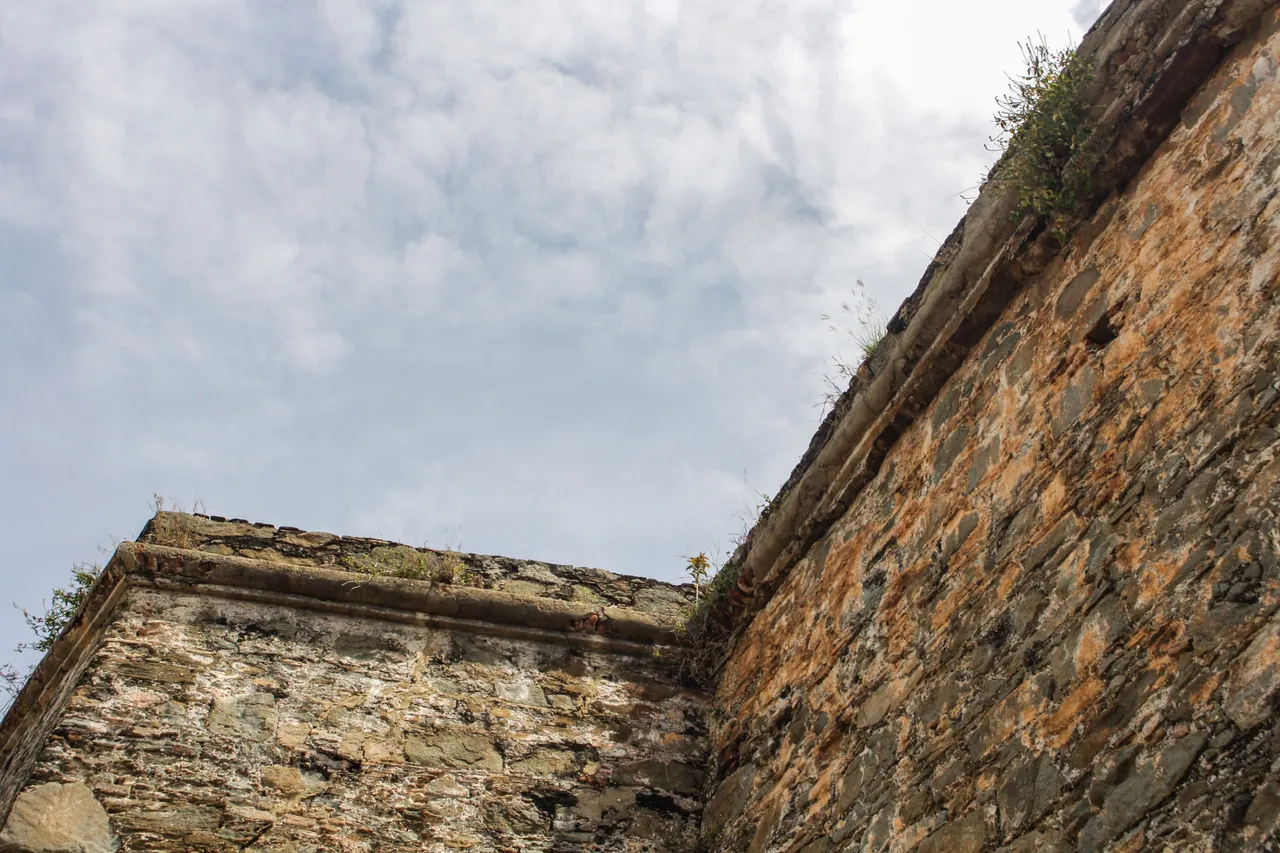
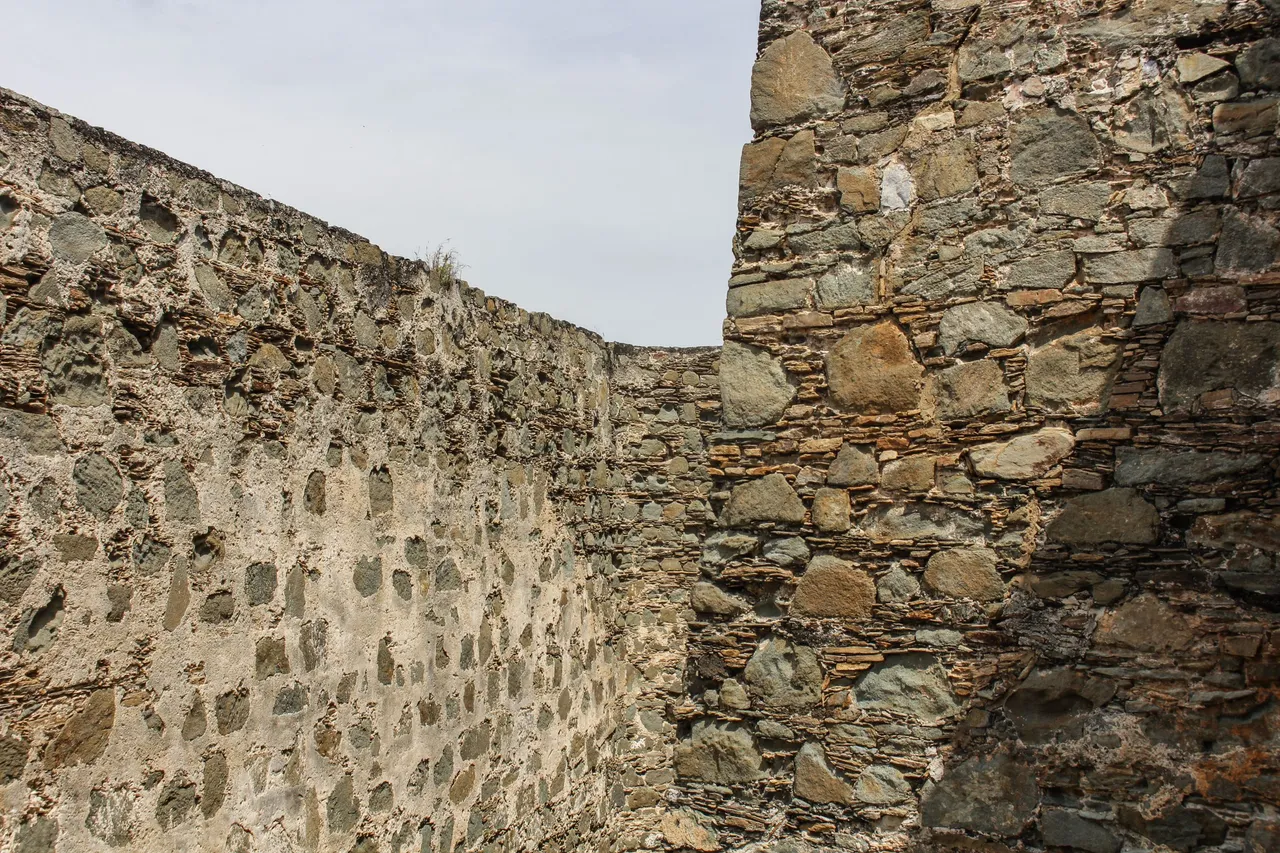
During the war of independence, at the beginning of the XIX century, in the military fortress, which looks like a castle and not a fairy tale one, there was remarkable war activity between the royalist sides, who defended the Spanish crown, and the patriots, who claimed freedom.
It was there that many prisoners of war died tortured and under unorthodox methods so that the rebels would learn their lesson. Even some walls are built with the remains of bones.
This was told to us by a guide working at Fortín Solano, now also known as a National Monument open to tourists interested in history. And in our case, in photography, I went with my fellow students.

It only took a few minutes to imagine how the silence of that morning was centuries ago, a chain of possible cries of pain and anguish. Right there, maybe it happened, and many years later, we were admiring the architectural design and of course, taking pictures of it.
Behind the walls there are unimaginable stories, and also an insigne colonial design for Puerto Cabello, characterized by being contrasted between the old and the relatively modern.
And I say relatively modern, because Venezuelan architecture stagnated in the 1990s, due to an economic-political crisis, but that is another topic that deserves to be discussed in a future publication.
What is certain is that Fortín Solano is a place full of history, not only because of the different events during the war of Independence but also because of the naval attacks by Germany and Great Britain at the beginning of the 20th century, specifically in 1902, as a demand for payments to the Venezuelan nation.
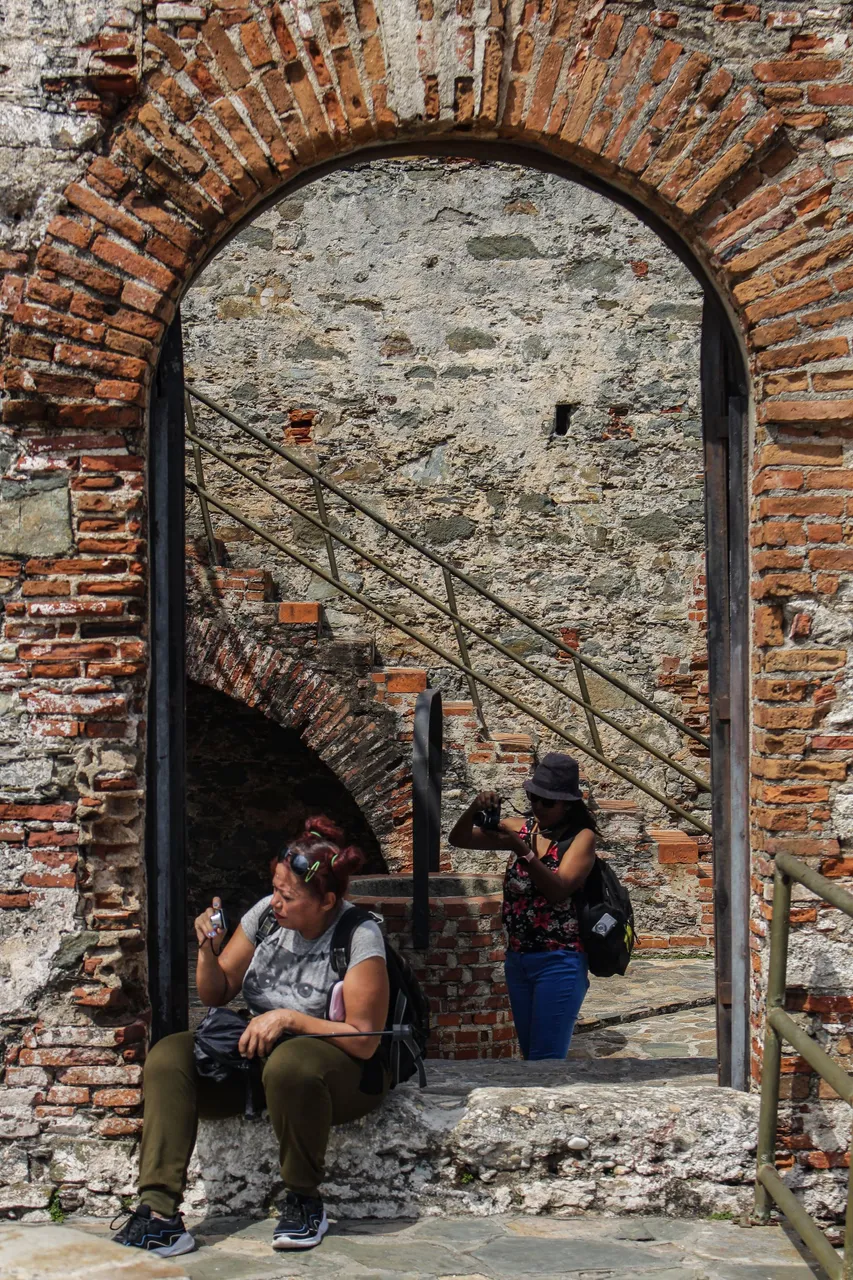
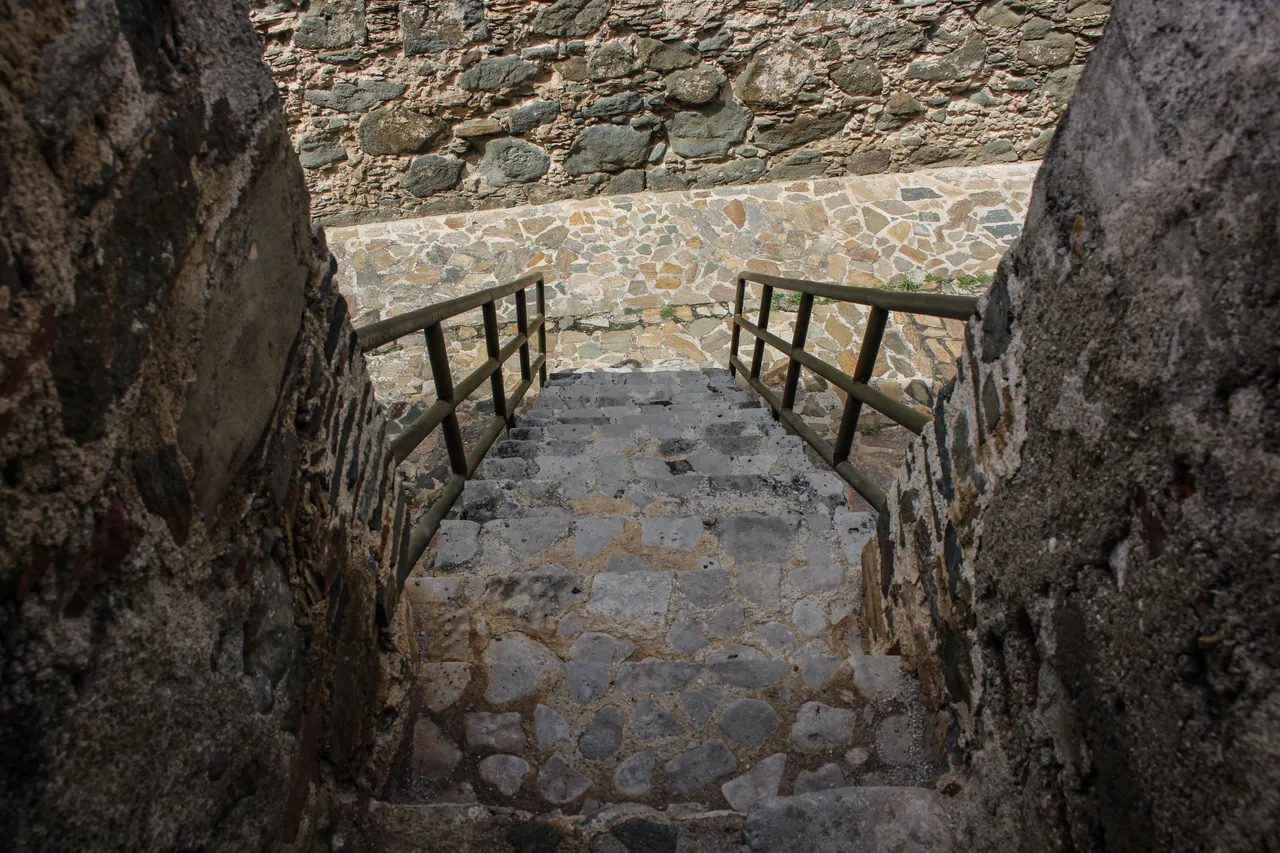
Then 60 years later occurred El Porteñazo, as it is known, the attempted military coup against the recent government of Romulo Betancourt, who inaugurated democracy in Venezuela. El Fortín was, according to witnesses, the lair of many insurgents. And also the target of bombings.
All these important historical events for the country have occurred in the same place, where different conflicts have not made Fortín Solano, in spite of the centuries, cease to be what it was originally: a fort.
Even so, the architecture of the place is preserved, as well as its history and the interest of visitors like us, who are in charge of giving a different look to the fortress.
Even so, the architecture of the place is preserved, as well as its history and the interest of visitors like us, who were in charge of giving a different look to the military fortress, which seemed to pose.
This work is not only a sample of how conflict can converge in the same place, but also of the architectural influence, product of human ingenuity in the complex socio-political processes.
ESPAÑOL
En el Fortín Solano hay mucha historia. Y es que fue erigido en 1776 como medida para prevenir ataques navales de los imperios enemigos de España, y también resguardar el puerto, y toda actividad mercantil de la colonia de ese entonces, que ahora es Venezuela, en Sudamérica.
La vista de este lugar es privilegiada, porque está en lo más alto de la montaña de la ciudad de Puerto Cabello, ubicada en el mar caribe venezolano, y permitía apreciar los puntos cardinales para así saber quién se avecinaba, y, por lo tanto, tomar acciones, aunque de todos modos, no pudieron evitar invasiones.
Durante la guerra de independencia, a comienzos del siglo XIX. En la fortaleza militar, que parece un castillo y no de hadas, hubo actividad bélica destacable entre los bandos realistas, que defendían la corona española, y los patriotas, que aclamaban la libertad.

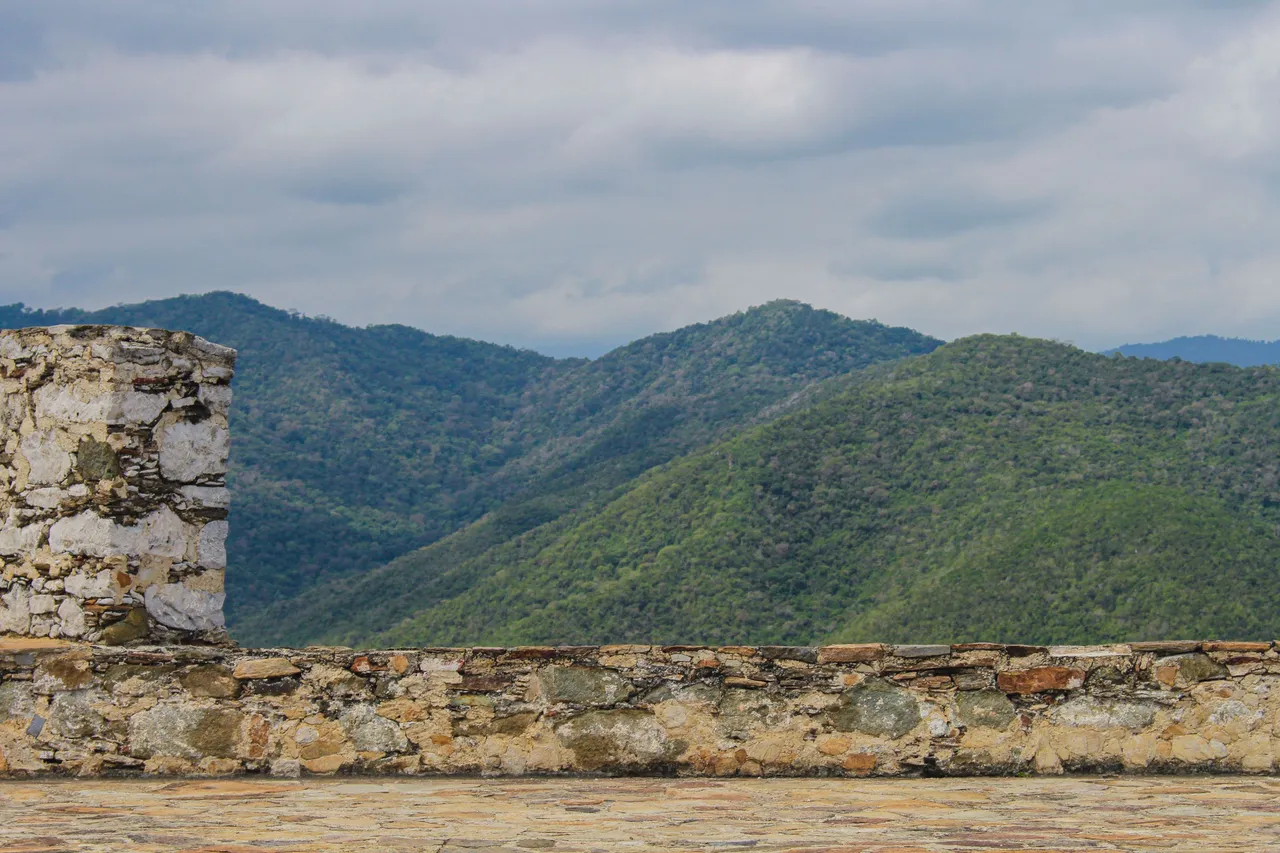
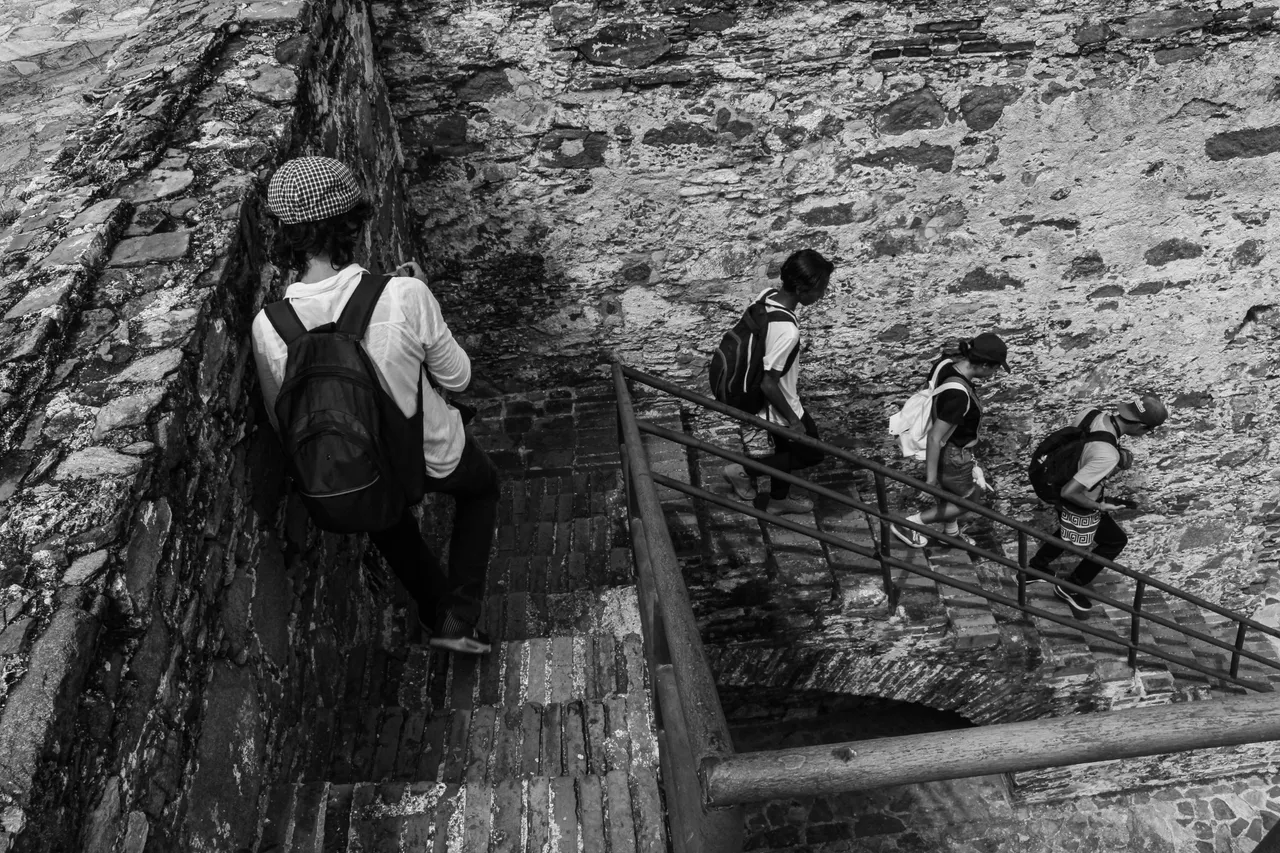
Fue allí donde muchos prisioneros de guerra murieron torturados bajo métodos poco ortodoxos, para que los rebeldes aprendieran la lección. Incluso algunos muros están construidos con restos de huesos.
Esto nos dijo una guía que trabaja en el Fortín Solano, conocido ahora también como un Monumento Nacional abierto para los turistas interesados en la historia. Y en nuestro caso, en la fotografía, porque fui junto a mis compañeros estudiantes.
Solo bastó estar unos minutos para imaginar cómo el silencio de esa mañana fue hace siglos una cadena de posibles gritos de dolor y angustia. Allí mismo, donde sucedió, admirábamos el diseño arquitectónico y por supuesto, tomándole fotografías.
Detrás de las paredes hay historias inimaginables, y también un diseño colonial insigne para Puerto Cabello, caracterizado por estar contrastado entre lo antiguo y lo relativamente moderno.
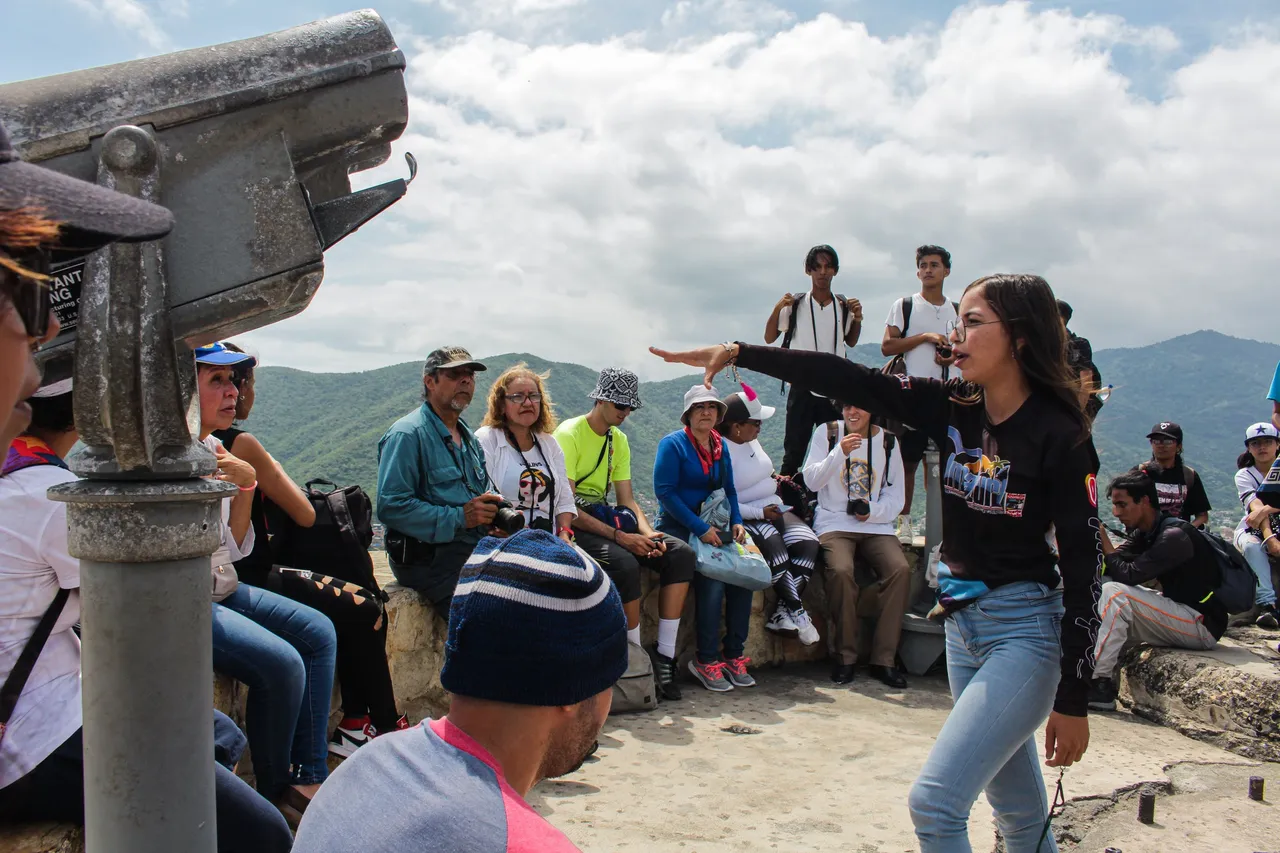
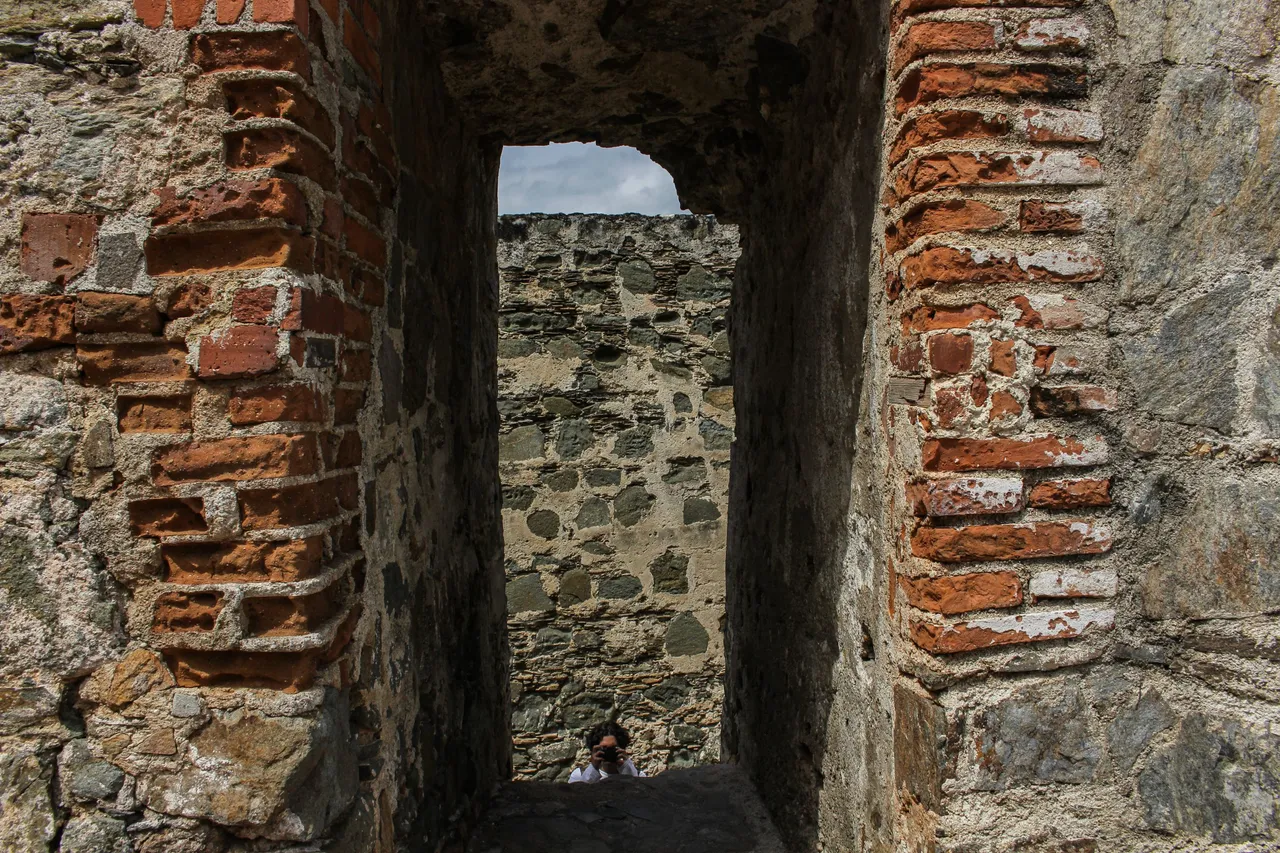
Y digo relativamente moderno, porque la arquitectura venezolana se quedó estancada en los años 90, debido a una crisis económica-política, pero ese es otro tema que merece ser profundizado en una próxima publicación.
Lo cierto es que el Fortín Solano es un lugar lleno de historia y no solo por los diferentes acontecimientos durante la guerra de independencia, sino por los ataques navales por parte de Alemania y Gran Bretaña a principios del siglo XX, específicamente en 1902, cómo exigencia de pagos a la nación venezolana.
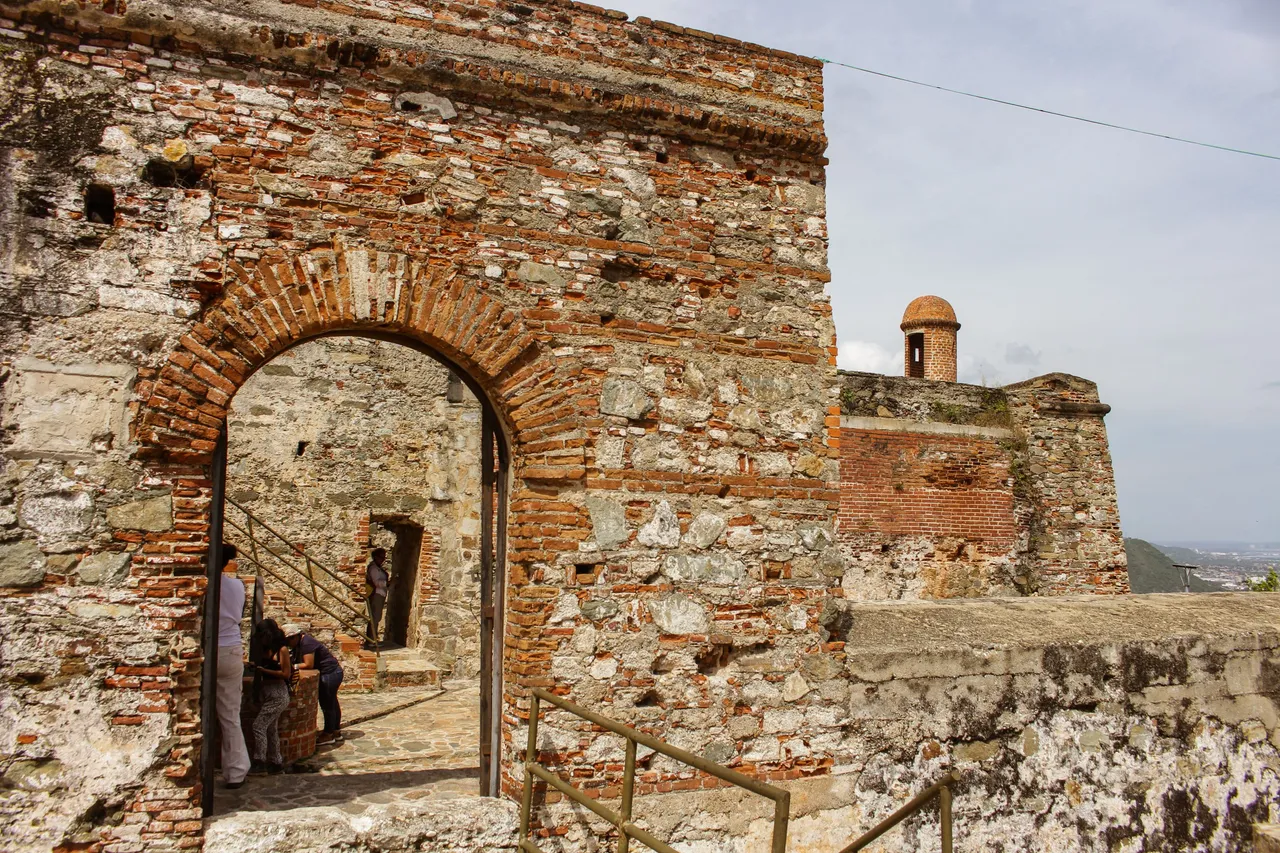
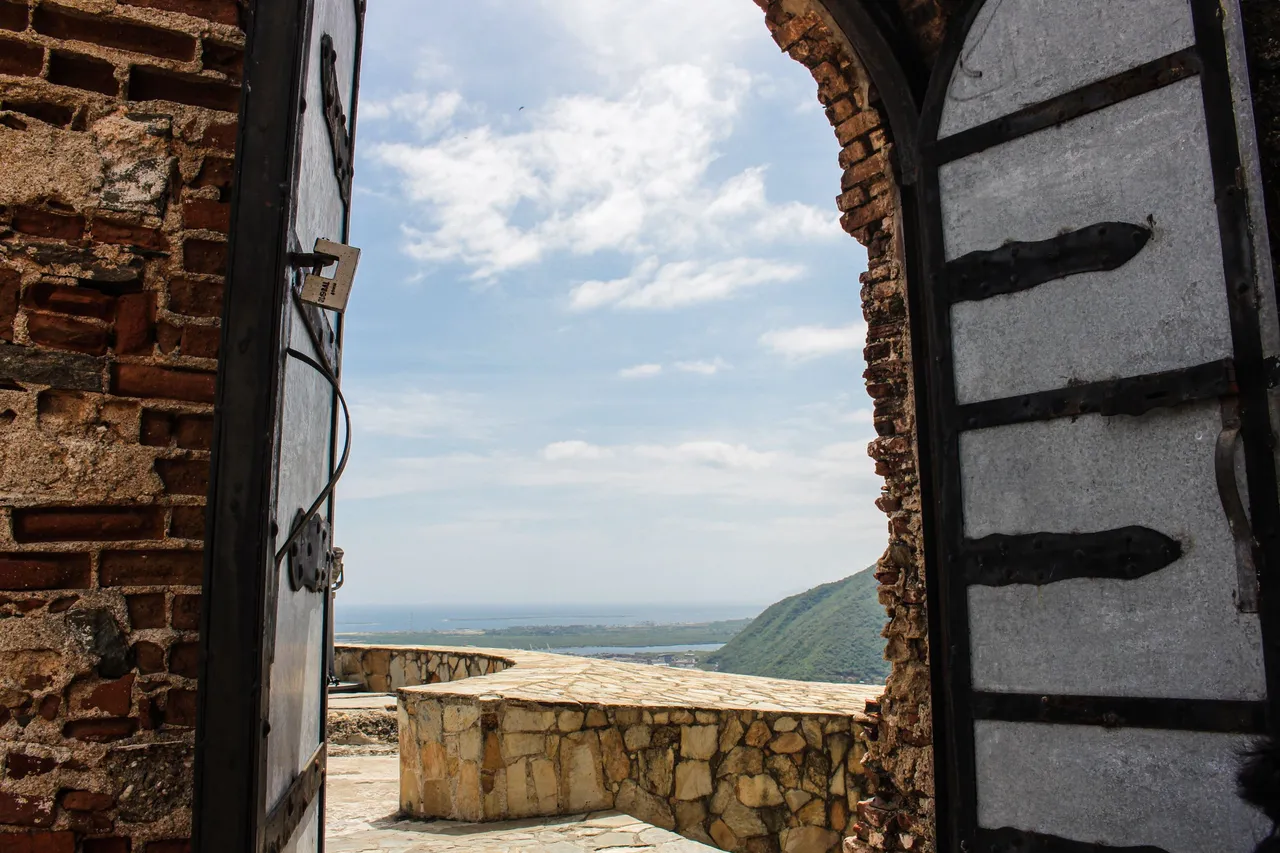
Luego 60 años ocurrió El Porteñazo, como se le conoce a un intento de golpe militar en contra del reciente gobierno de Rómulo Betancourt, quien inaugura la democracia en Venezuela. El Fortín fue, según testigos, la guarida de muchos insurrectos. Y también el blanco de bombardeos.
Todos estos eventos históricos importantes para el país han ocurrido en un mismo sitio, donde diferentes conflictos no han hecho que el Fortín Solano, a pesar de los siglos, deje de ser lo que en un principio fue: un fuerte.
Aun así, la arquitectura del lugar se preserva, así como su historia y el interés de visitantes como nosotros, quienes nos encargamos de darle una mirada diferente a la fortaleza militar, que parecía posar.

Esta obra no es solo una muestra de cómo el conflicto puede converger en un mismo sitio, sino también de la influencia arquitectónica, producto del ingenio humano en los complejos procesos influyentes sociopolíticos.